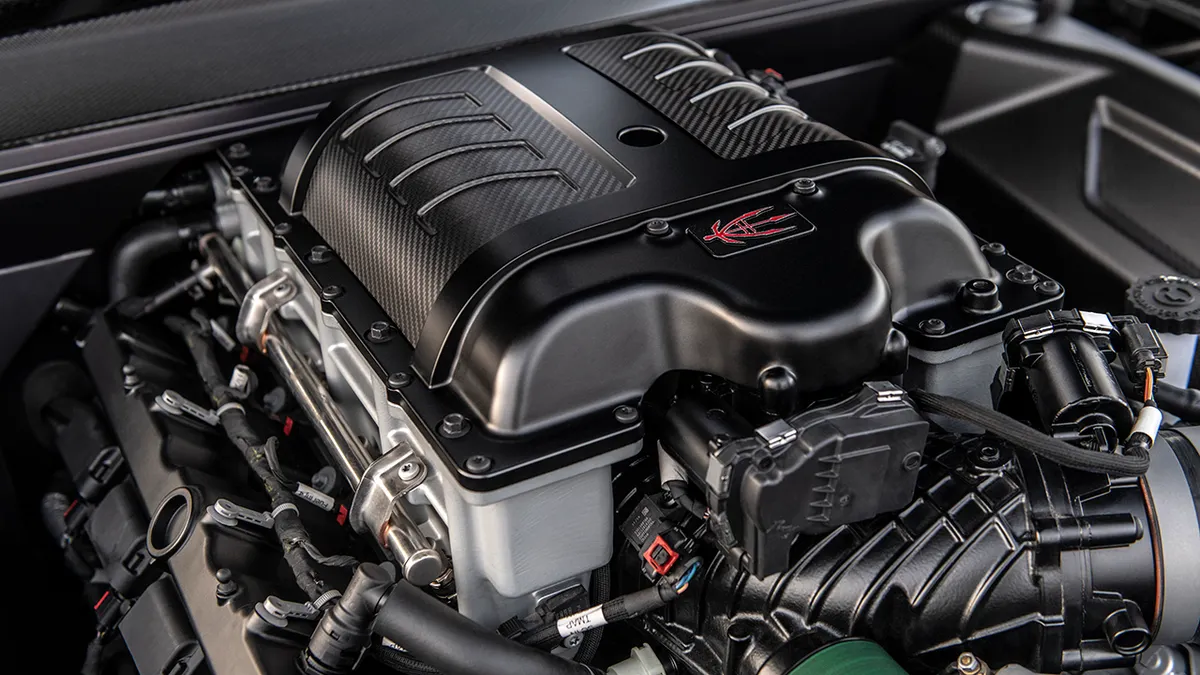Traditionally, increasing a car’s speed meant fitting it with a larger engine. However, since the emergence of the first 200 mph supercars in the 1980s, engine sizes have generally decreased while delivering greater power.
If you’re searching for the most powerful engines ever installed in production vehicles, you’ve come to the right place. This article has been updated to include additional cars and further details about those already featured on the list.
The key to modern performance lies in forced induction. Whether through turbocharging or supercharging, both methods have proven highly effective, each with its own advantages.
Regardless of the approach, the goal remains the same generating more power. The concept is simple: by forcing additional air and fuel into the cylinders, combustion becomes more explosive, leading to increased power output.
The beauty of forced induction is that, as long as the engine block is strong enough, merely raising boost pressure can generate even more power.
With power outputs continuously rising, we’ve compiled a list of the most potent engines, spanning from three-cylinder units to massive W16 configurations, showcasing the most powerful production car engines ever made.
10. Bugatti Chiron Super Sport: 1,578 HP W16 Engine
Just like its predecessor, the Chiron is equipped with one of the most remarkable production engines ever created.
The specifications are astonishing: an 8.0-liter displacement, a W16 configuration, and four turbochargers working together to produce an immense 1,578 horsepower making it one of the most powerful mass-produced engines to date.
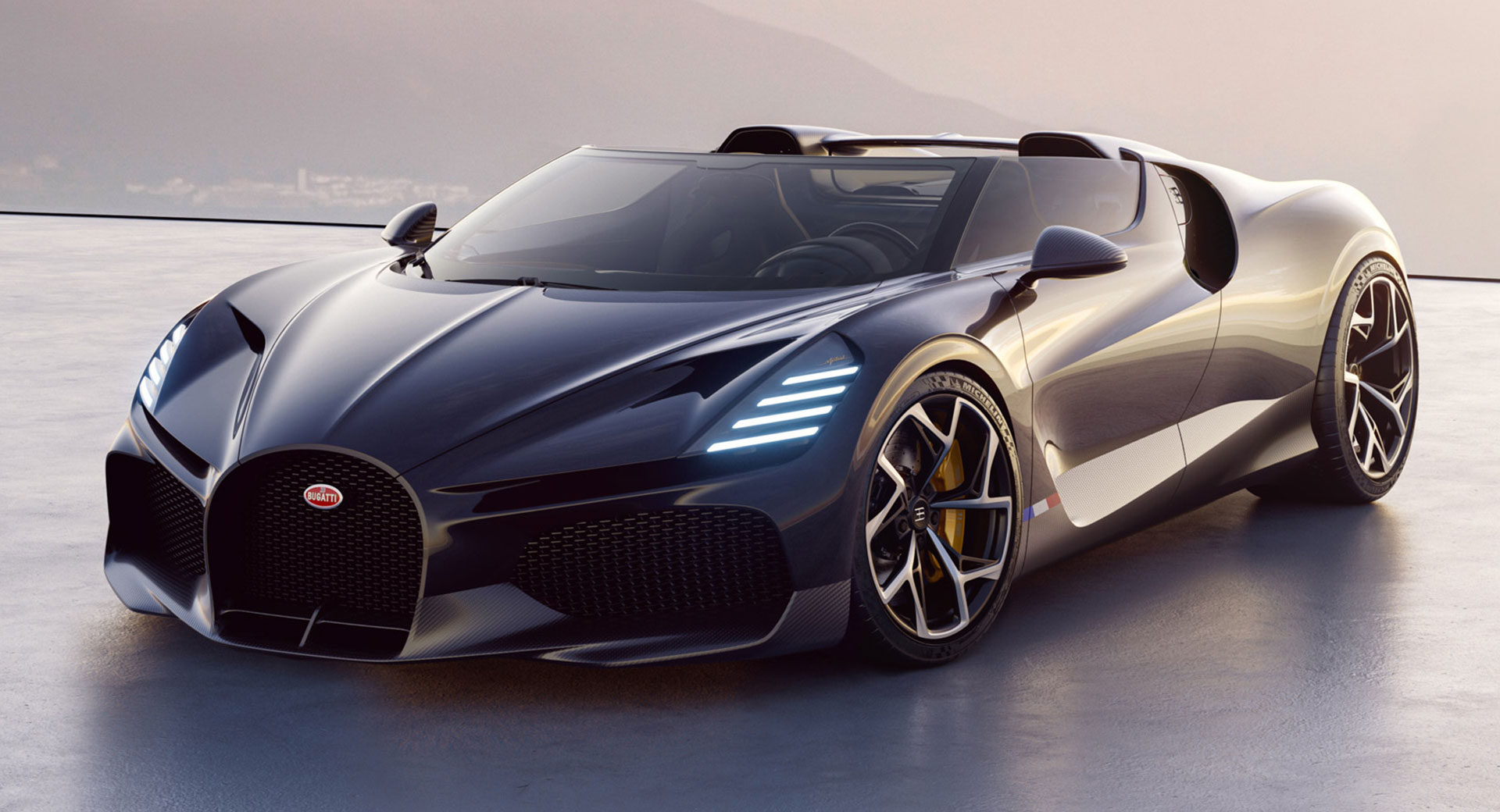
Officially recognized as the world’s fastest production car, the Bugatti Chiron Super Sport 300 set a groundbreaking record in August 2019, reaching a top speed of 304.77 mph.
This achievement made it the first production car in history to surpass the 300 mph mark.
9. Lamborghini Essenza SCV12: 818 HP V12 Engine
Lamborghini has a rich legacy of producing V12-powered supercars, and the latest Essenza continues this tradition as a special edition model that pushes performance to new heights.
Likely to be the last Lamborghini ever built with a naturally aspirated V12, engineers designed the ultimate GT racing car. With only 40 units produced, the SCV12 is set to be an exceptionally rare machine.
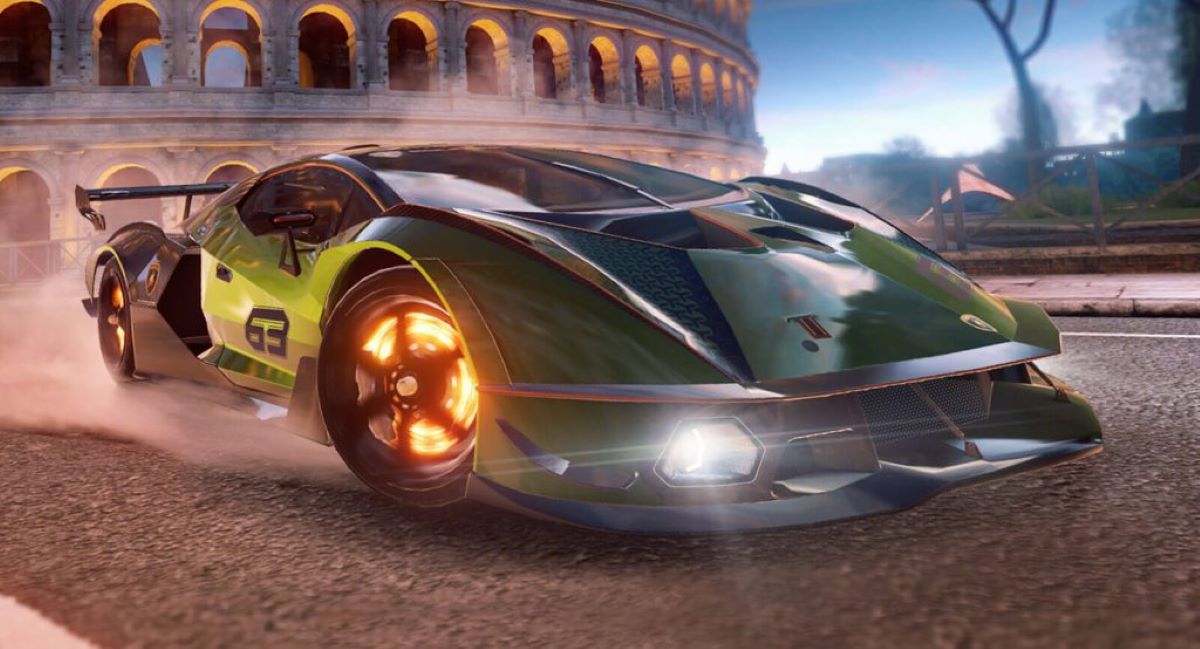
The Essenza stands as the most powerful Lamborghini road car ever created, utilizing the same 6.5-liter V12 engine found in the Aventador SVJ.
To optimize the SCV12 for track performance, Lamborghini engineers repositioned the engine for better weight distribution and incorporated ram-air intakes, increasing output to an impressive 818 horsepower.
8. Dodge Viper ACR: 645 HP V10 Engine
When Dodge introduced the Viper in 1992, it marked the return of the high-performance big-block muscle car.
Chrysler engineers expanded their LA V8 engine by adding two extra cylinders, resulting in the Viper’s most defining feature an 8.0-liter V10 powerplant.
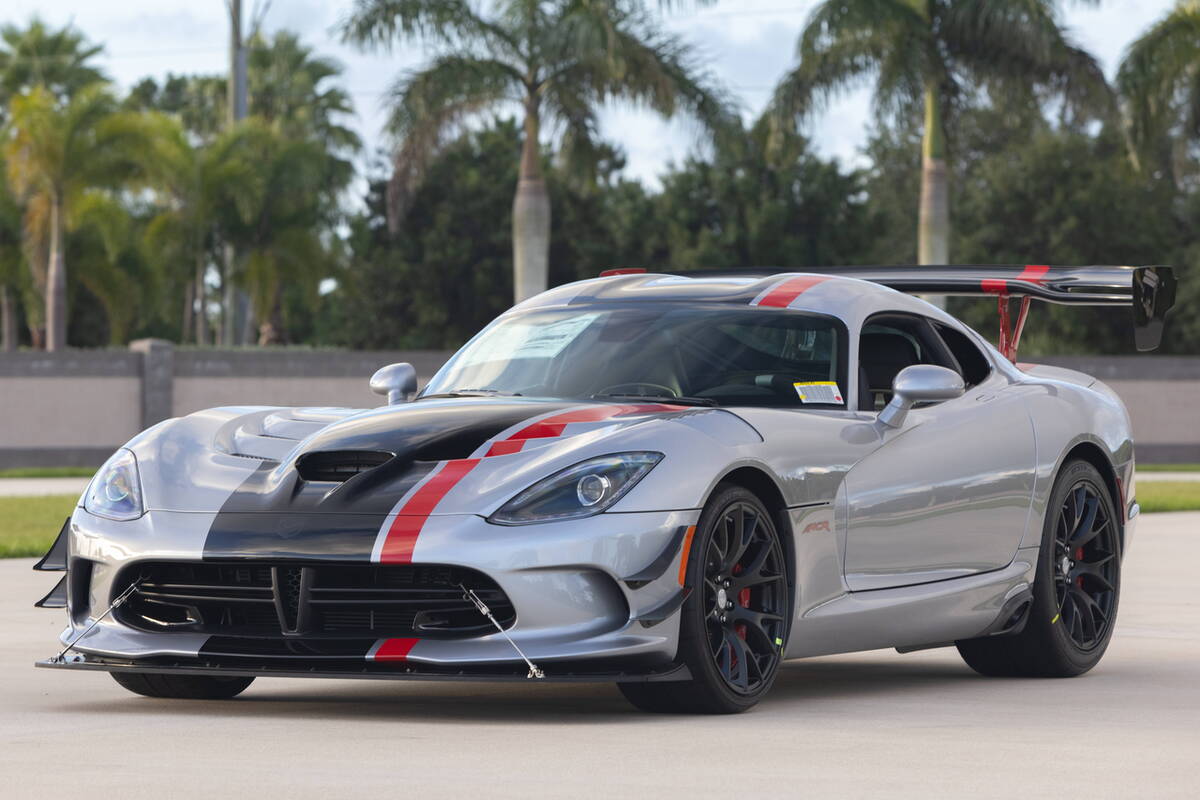
The ultimate iteration of the Viper debuted in 2017 with the ACR model. Equipped with an enlarged 8.4-liter engine producing 645 horsepower, the ACR remains the most powerful production V10 engine ever built.
Also Read: 10 Best Performance Cars That Won’t Break the Bank Offering Speed Power and Value for Enthusiasts
7. SSC Tuatara: 1,750 HP V8 Engine
Currently, Shelby SuperCars’ Tuatara holds a strong claim to the title of the world’s fastest production car, though the accuracy of its recorded speed remains under review.
Regardless of the debate surrounding the timing equipment, any production car capable of reaching 331 mph is a remarkable feat.
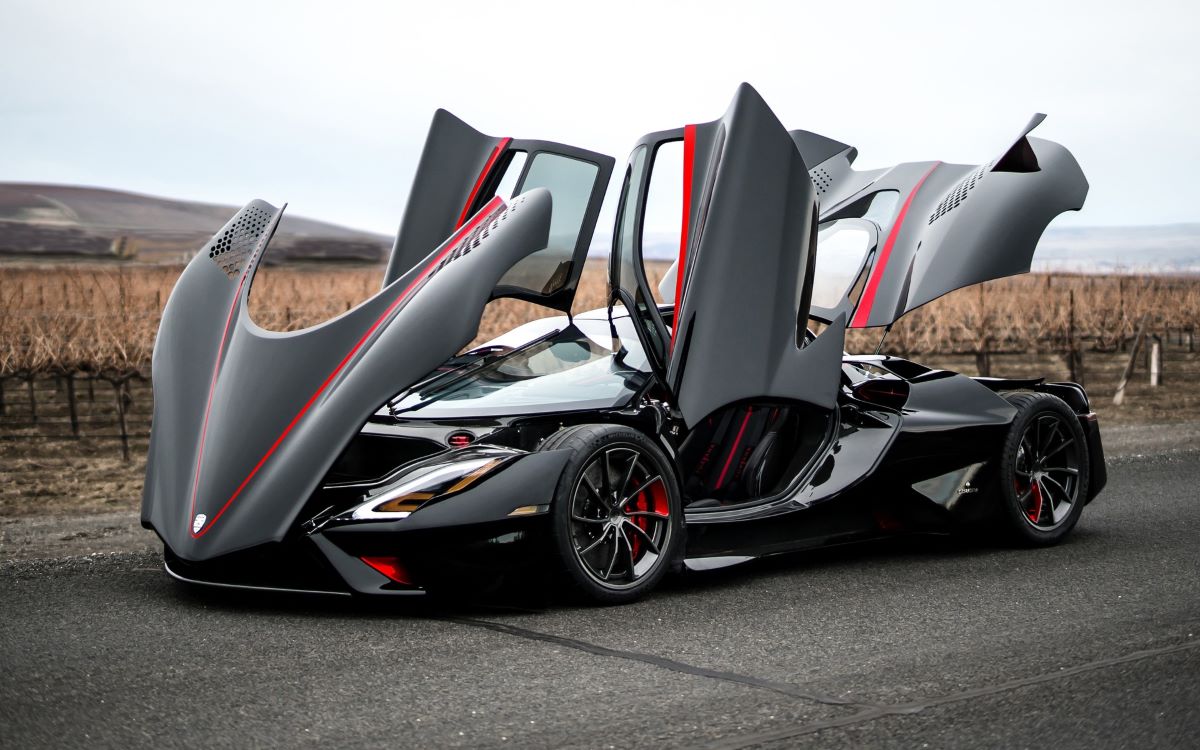
The level of engineering required to propel the world’s fastest car is astonishing. The Tuatara is powered by a 5.9-liter twin-turbocharged V8 engine, producing a staggering 1,750 horsepower.
This immense power is sent to the rear wheels through a transmission typically found in helicopters, further adding to the car’s extraordinary performance capabilities.
6. Zenvo TSR-S: 1,176 HP V8 Engine
Danish supercar manufacturer Zenvo has been in operation since 2009, yet in this relatively short time, the company has developed one of the most extreme road-legal cars on the market.
At first glance, the TSR-S may resemble a conventional supercar, but once on the road, its wildly active rear wing makes it clear that this is no ordinary machine.
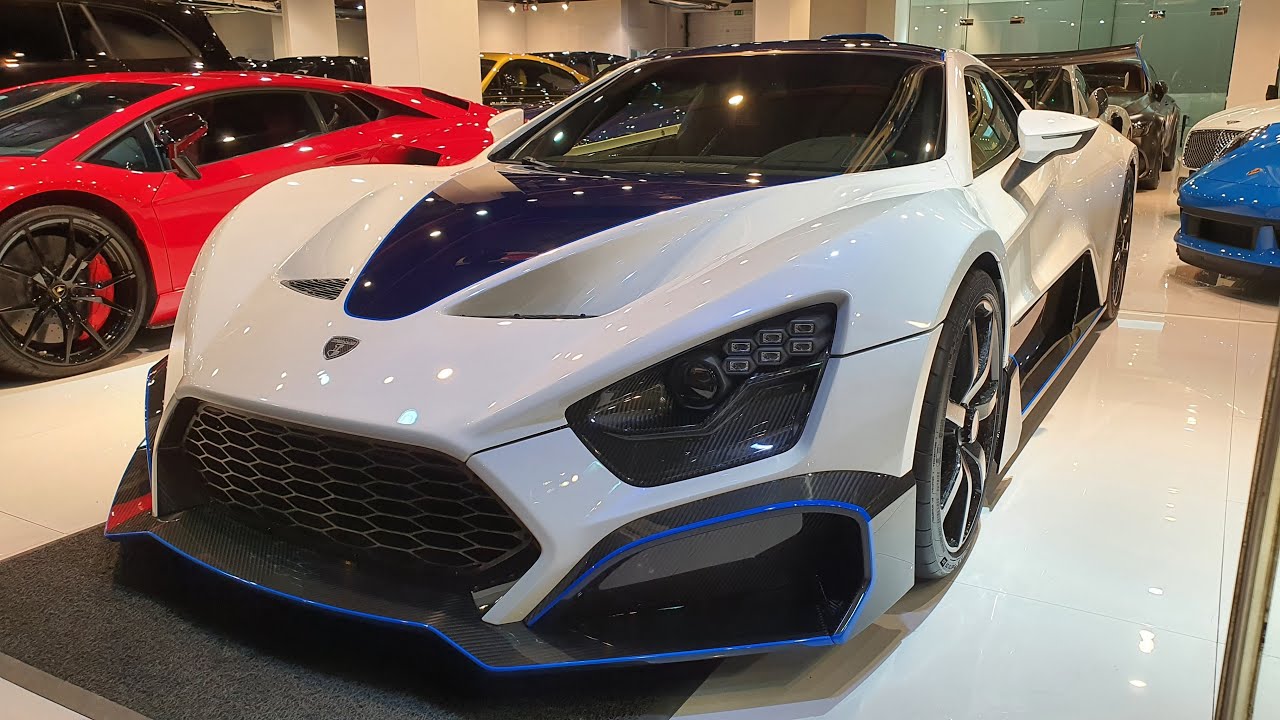
Unlike many other supercar brands, Zenvo designs and builds its own engines in-house. The TSR-S is equipped with a racing-derived 5.8-liter twin-supercharged V8, generating an impressive 1,176 horsepower.
Despite its motorsport-inspired origins, this high-performance beast is fully road legal.
5. Koenigsegg Agera RS: 1,341 HP V8 Engine
Swedish automaker Koenigsegg first introduced the Agera in 2011, and at the time, it was one of the fastest cars ever produced, boasting a claimed top speed of 249 mph.
For most enthusiasts, this was already an impressive figure, coming just shy of the Bugatti Veyron’s record.
However, Koenigsegg didn’t stop there. They continued refining their design, culminating in the Agera RS, which achieved an astonishing average speed of 276 mph on public roads.
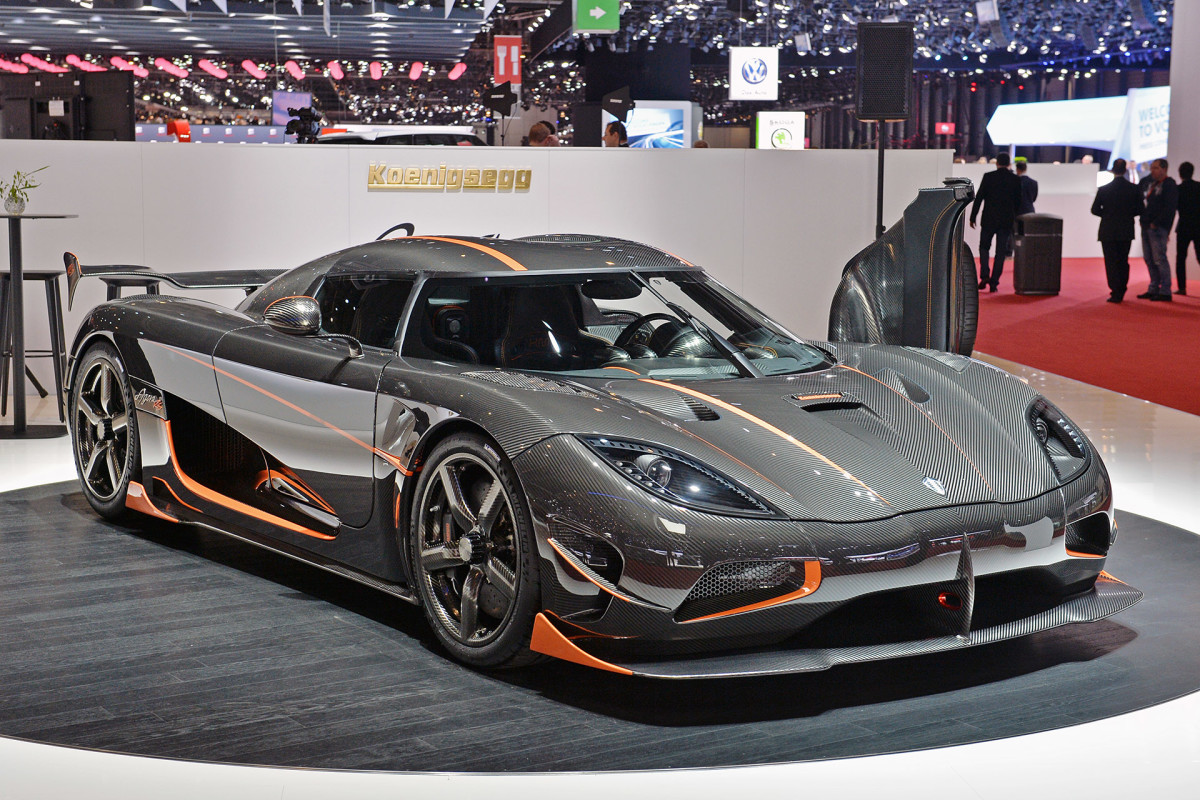
Designed as the ultimate track-focused machine, the Agera RS comes standard with a Ford-sourced 5.0-liter twin-turbocharged V8 producing 1,160 horsepower on regular pump fuel.
For those seeking even more performance, Koenigsegg offers the aptly named 1-megawatt package, which increases output to a staggering 1,341 horsepower.
4. Nismo GT-R: 600 HP V6 Engine
From a standstill, few cars can rival the explosive acceleration of the Nissan GT-R. Its combination of raw power and an advanced, electronically controlled all-wheel-drive system creates an exceptionally potent package.
It’s hard to believe that this Japanese supercar has been in production since 2007, yet continual refinements have ensured it remains competitive.
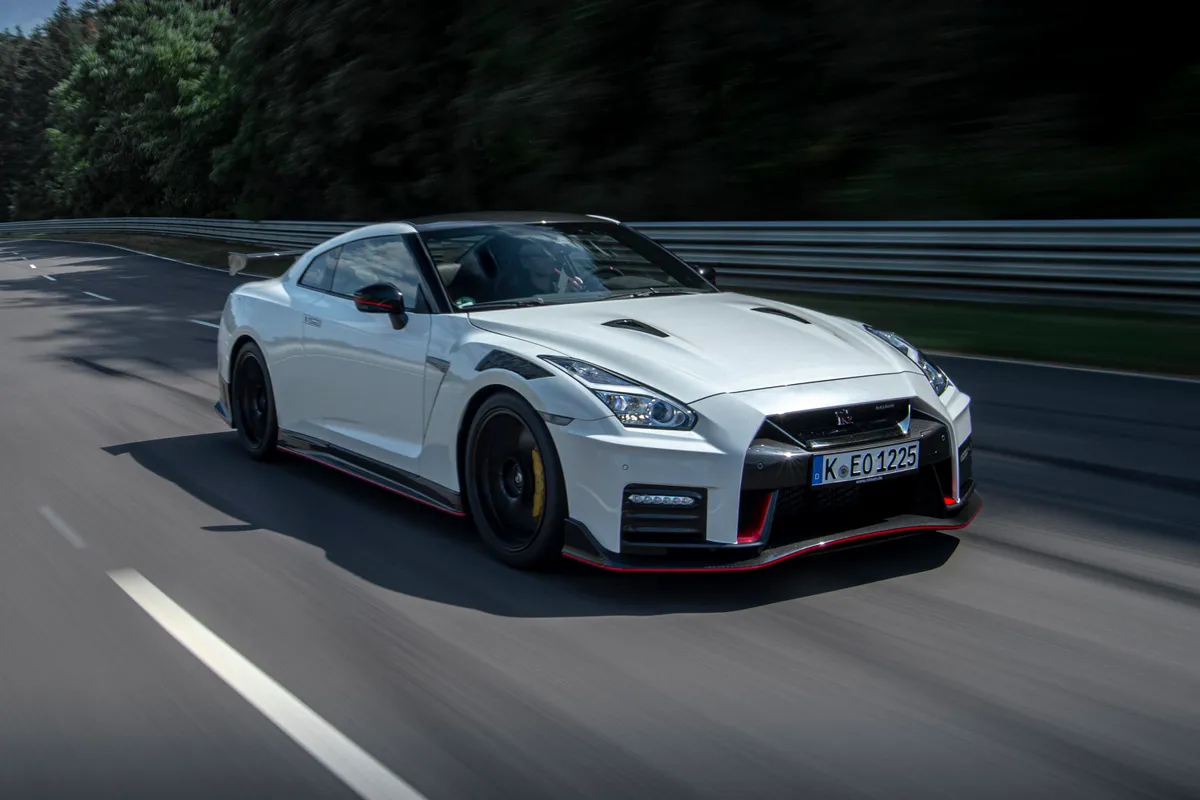
Nismo-tuned GT-R models don’t come cheap, with starting prices around $200,000. However, for a price typically associated with exotic supercars, enthusiasts get access to one of the most powerful engines ever installed in a road car.
Beneath the hood, a hand-assembled 3.8-liter twin-turbocharged V6 delivers 600 horsepower, launching the car from 0 to 62 mph in just 2.9 seconds.
Also Read: Top 10 Convertibles That Make Every Drive Fun For You
3. Audi RS3: 400 HP 5-Cylinder Engine
Only the most dedicated car enthusiasts will be able to distinguish the Audi RS3 from the more standard models in the lineup, with subtle badging on the grille serving as the only major giveaway.
On the surface, it appears to be just another four-door Audi sedan except this one can keep pace with all but the fastest supercars, reaching 62 mph in just 3.5 seconds.
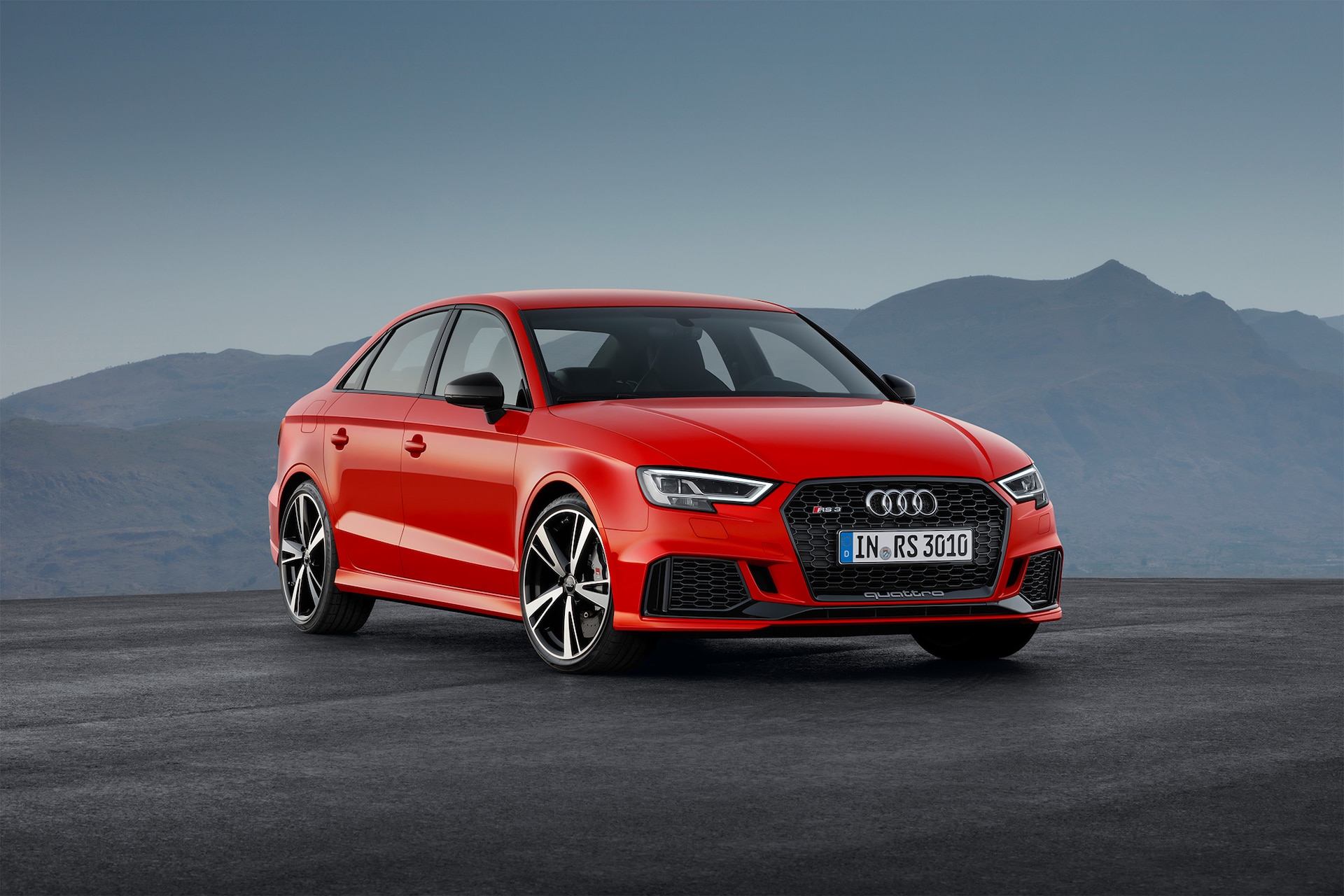
If the RS3’s supercar-like acceleration comes as a surprise, what lies under the hood is equally unexpected.
Audi remains one of the few automakers still utilizing a five-cylinder engine, equipping the RS3 with a turbocharged 2.5-liter unit that delivers an impressive 400 horsepower.
Audi’s iconic five-cylinder engine has long cemented its legendary status, embodying the brand’s core DNA.
With a history of motorsport victories and impressive everyday performance, this powerhouse has earned the “International Engine of the Year Award” nine consecutive times since 2010.
The 2.5 TFSI engine has played a crucial role in defining Audi’s “Vorsprung durch Technik,” delivering a thrilling driving experience characterized by its distinctive 1-2-4-5-3 firing order and signature throaty exhaust note. In the latest RS 3 models, this engine pushes its advantage even further over the competition.
The new RS 3’s five-cylinder engine produces 294 kW (400 PS)23, maintaining its peak output from 5,600 rpm through an extended range up to 7,000 rpm.
This allows maximum power to be accessed 250 rpm earlier than before, sustaining it for a longer period and creating a steeper power curve. Engineers have also refined the angle drive and increased torque by 20 Nm, bringing the total to 500 Nm, available between 2,250 and 5,600 rpm.
Despite maintaining the same peak power as its predecessor, the updated 2.5 TFSI engine offers stronger pull, especially in the low to mid-range revs, enhancing acceleration.
With standard Launch Control, the new RS 3 achieves a 0–100 km/h sprint in just 3.8 seconds—three-tenths of a second quicker than before.
2. AMG A45S: 416 HP 4-Cylinder Engine
Mercedes’ in-house performance division, AMG, takes the brand’s best road cars and elevates them to new levels, enhancing suspension, braking, and engine performance to deliver capabilities typically associated with full-fledged sports cars.
It’s no surprise, then, that the AMG A45S builds on the already quick A35 by packing in even more power.
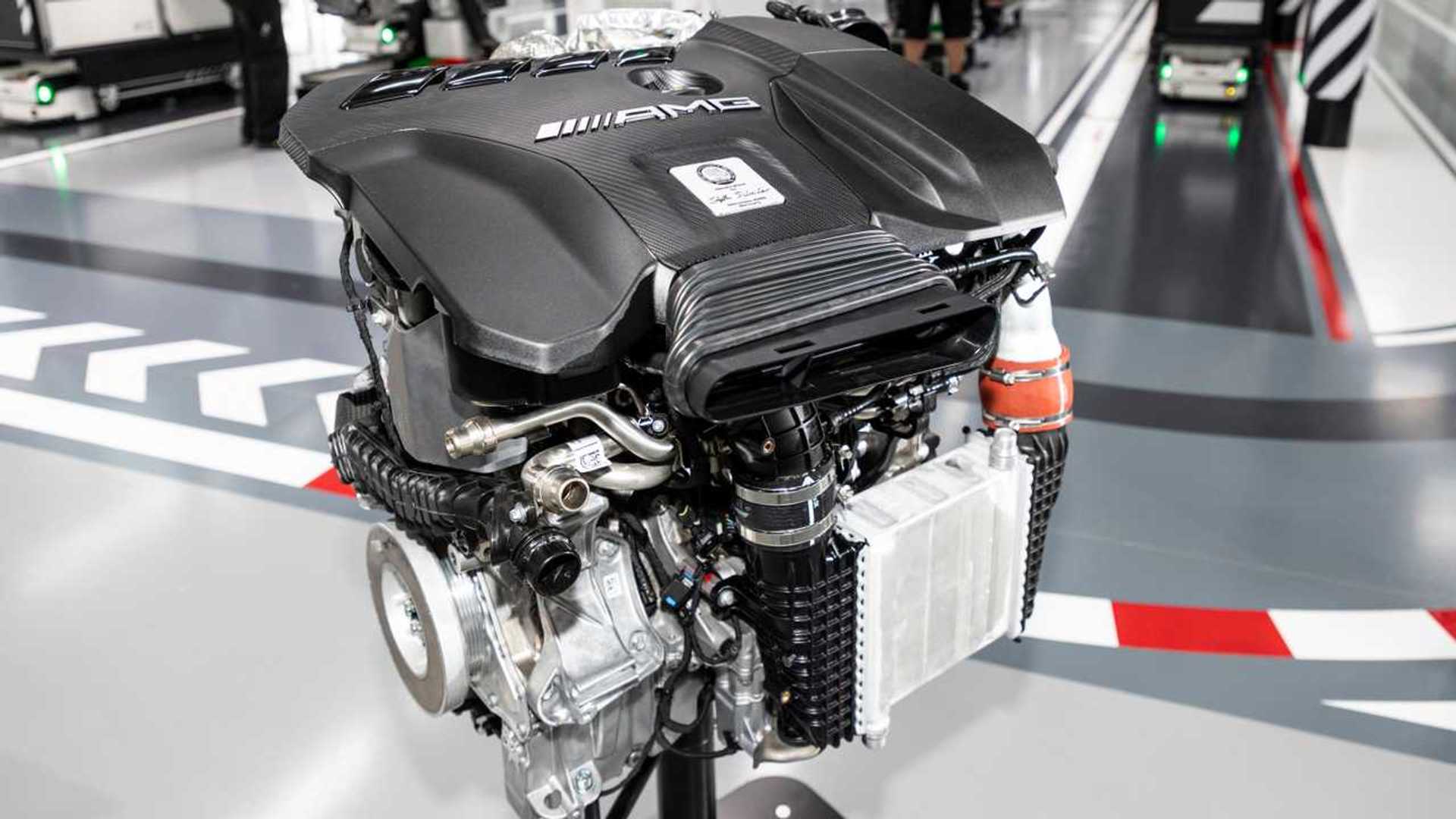
The A45S retains the same 2.0-liter turbocharged engine from the earlier A35, but engineers rotated it 180 degrees within the chassis to optimize the intake system.
The result is an astounding 416-horsepower output, making it one of the most powerful four-cylinder engines ever fitted to a production car.
1. Koenigsegg Gemera: 1,700 HP 3-Cylinder Engine
The Koenigsegg Gemera is a limited-production, four-seater plug-in hybrid grand tourer.
Unlike the Swedish automaker’s previous V8-powered models, the Gemera is equipped with a revolutionary twin-turbocharged 2.0-liter, three-cylinder camless engine aptly named the Tiny Friendly Giant—paired with three electric motors.
The internal combustion engine (ICE) alone generates 600 horsepower, sending power to the front wheels, while two electric motors, each producing 500 horsepower and 1,000 Nm of torque, drive the rear wheels.
Additionally, a third electric motor mounted on the crankshaft delivers 400 horsepower, working alongside the ICE to power the front wheels.
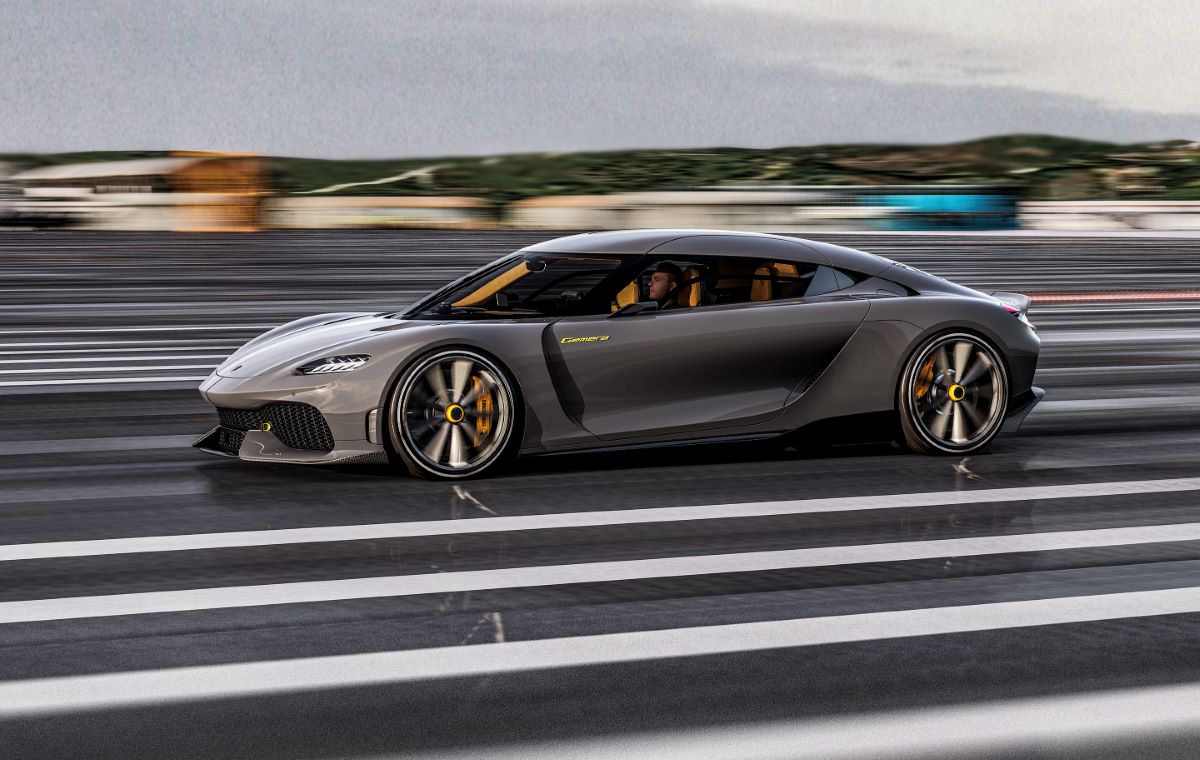
When running on E85 fuel, the combined power output reaches an astonishing 1,700 horsepower and 2,581 lb-ft of torque.
Instead of traditional camshafts, the engine utilizes a system of solenoids to control the intake and exhaust valves. Weighing only 150 lbs, this innovative power unit is remarkably lightweight.
The Gemera can travel up to 31 miles on battery power alone, while in hybrid mode, it boasts an impressive range of 621 miles.
The ICE is designed to run on both E85 biofuel and gasoline, with exhaust gases expelled through a high-performance Akrapovič titanium exhaust system.

